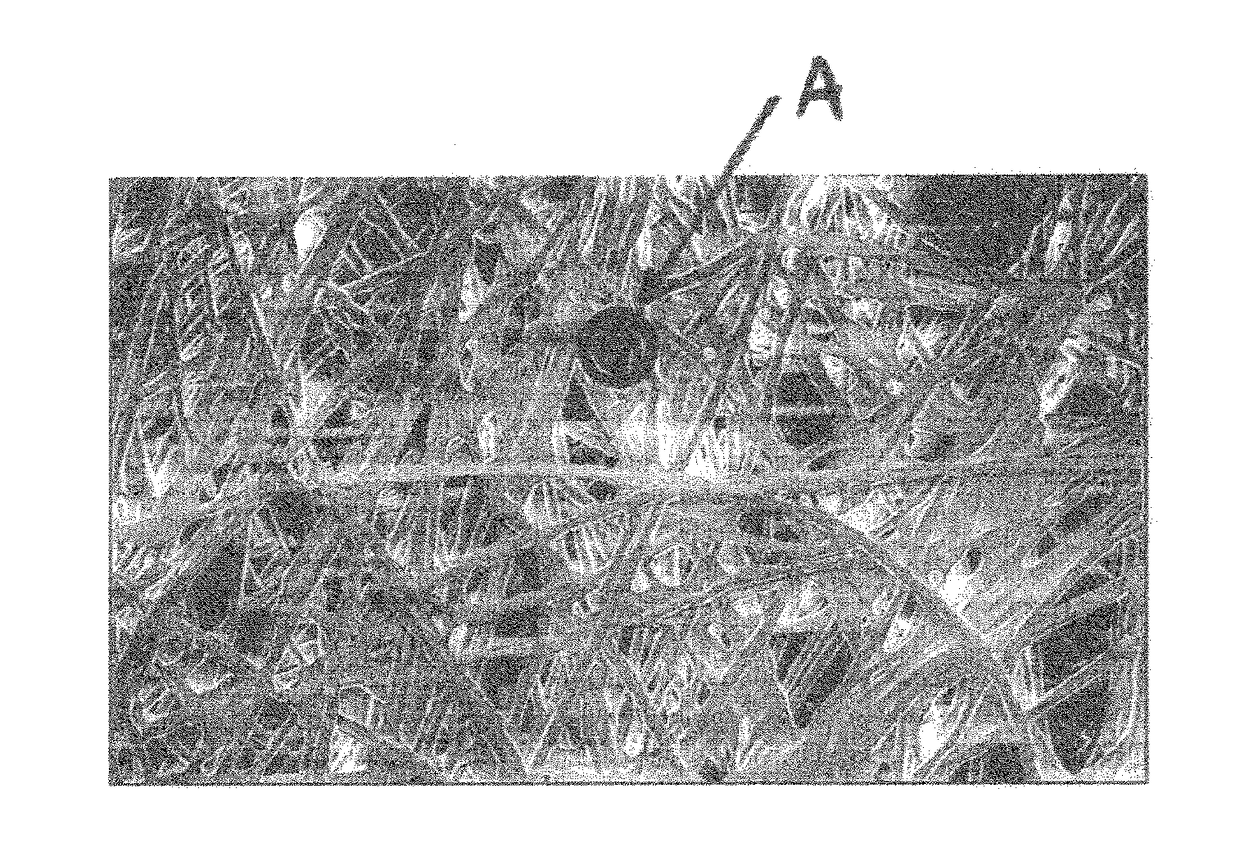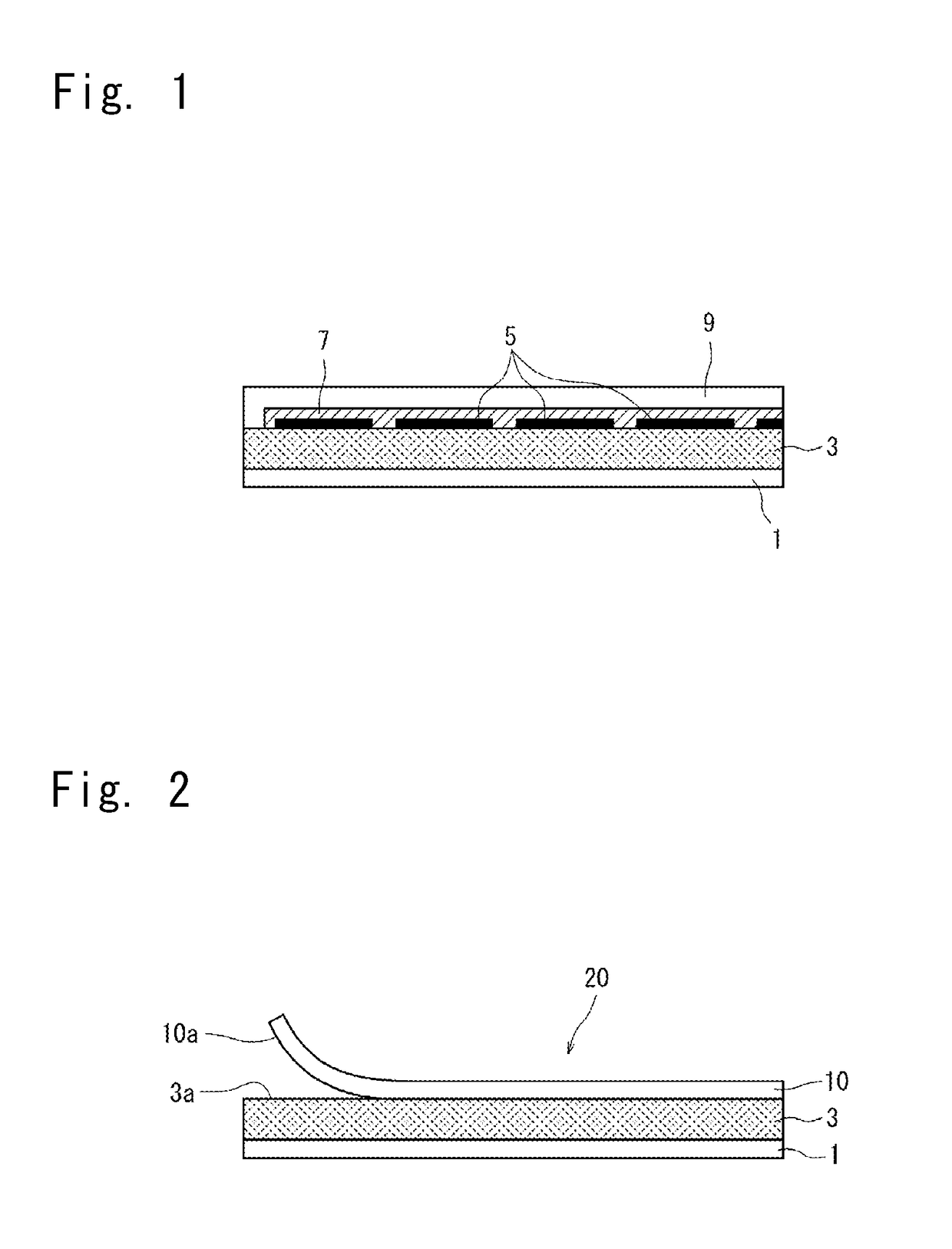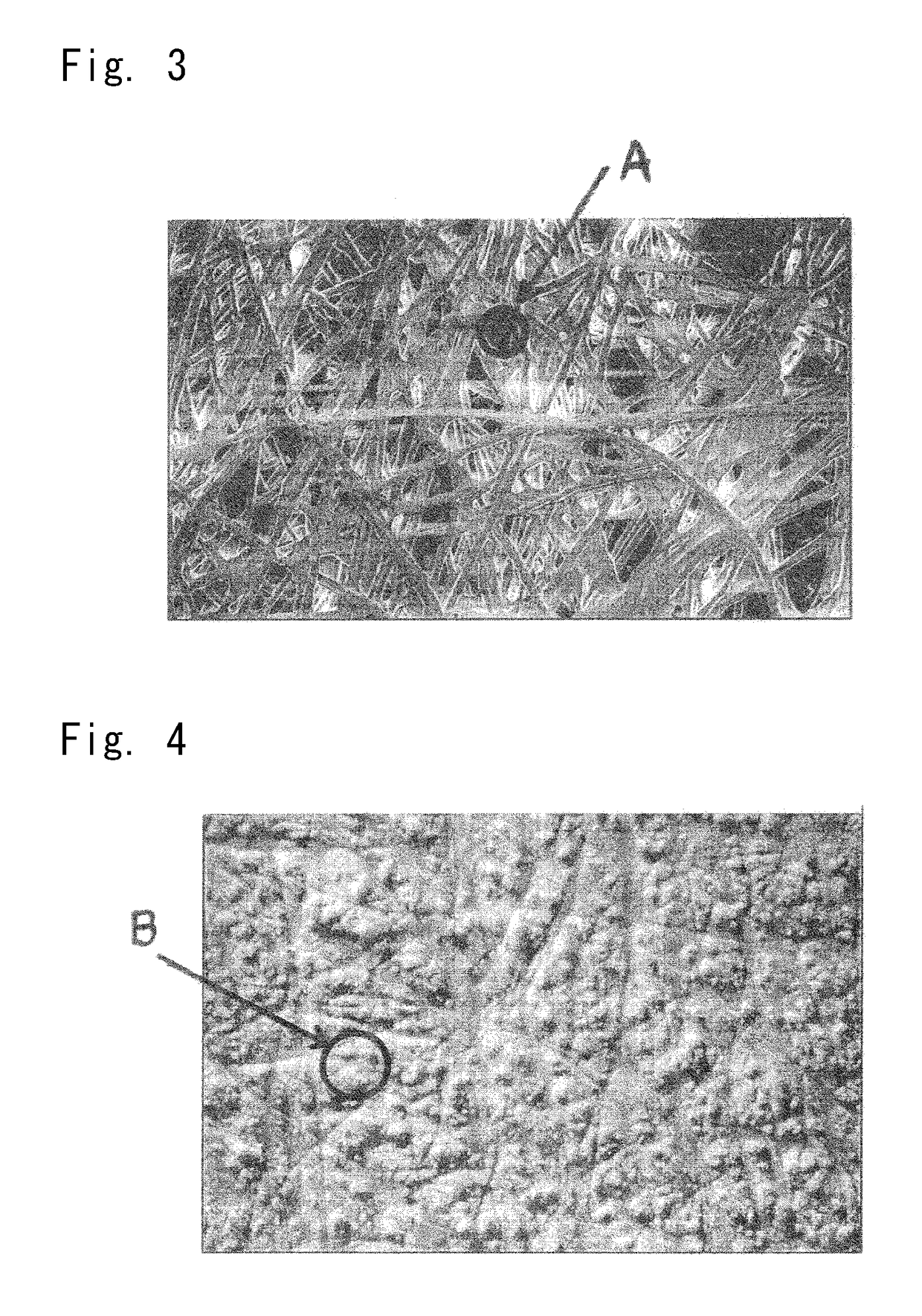Printed makeup product and makeup method
a makeup product and printed technology, applied in the field of printed makeup products, can solve the problems of difficult performance performance performance performance performance performance performance problems such as ordinary wood-free papers and coated papers
- Summary
- Abstract
- Description
- Claims
- Application Information
AI Technical Summary
Benefits of technology
Problems solved by technology
Method used
Image
Examples
examples
[0102]The excellent effects of the present invention will be explained by the following experimental examples.
[0103]Testing methods and test materials used in the experimental examples will be shown below.
(1) Method for Measuring Quantity of Depressions or Protrusions of Inorganic Solid Layer or Nonwoven Fabric:
[0104]Using an electron microscope (Qanta 200, Genesis 2000, produced by EFI Company), the surface of the inorganic solid layer or the nonwoven fabric was photographed as a digital image magnified 100 times. Using an image processing software (Pop Imaging 4.00, produced by Digital being kids Ltd.), the obtained digital image data were binarized by the discrimination analysis method to clearly distinguish between the depressions and the protrusions. Further, using the image measuring function of the image processing software, the total number and area ratio of the depressions or the protrusions per unit area were measured.
(2) Printing by Ink-Jet Printer
[0105]Images were printe...
preparation examples 1 and 2
[0129]The nonwoven fabric A was treated with a hot calendar to obtain nonwoven fabrics α and β shown in Table 1. The total numbers and the area ratios of depressions in these nonwoven fabrics were measured by the above-described measuring methods. The results are shown in Table 1.
TABLE 1NonwovenNonwoven fabricfabricsheet used*1*2*3*4Nonwovennonwoven1250.1114025fabric αfabric ANonwovennonwoven1350.1012018fabric βfabric A*1: Heating temperature (° C.)*2: Average thickness (mm)*3: Total number of depressions (per mm2)*4: Area ratio of depressions (%)
[0130]Components were kneaded together according to the following formulation
calcium hydroxide100 parts by weight aqueous emulsion of acrylic resin60 parts by weightwater20 parts by weightliquid-absorbing inorganic powder 5 parts by weight
[0131](fine powder of alumina hydrate) to obtain an inorganic slurry.
[0132]A wood pulp paper (300×300 mm) was used as a base sheet, and its surface was coated with the resulting inorganic slurry by means o...
preparation examples 3 and 4
[0134]Components were kneaded together according to the following formulation
silica100 parts by weight aqueous emulsion of acrylic resin80 parts by weightwater10 parts by weightliquid-absorbing inorganic powder 5 parts by weight
[0135](fine powder of alumina hydrate) to obtain an inorganic slurry.
[0136]A wood pulp paper (300×300 mm) was used as a base sheet, and its surface was coated with the resulting inorganic slurry by means of a bar coater. Immediately thereafter, the nonwoven fabrics α and β shown in Table 1 were each pressure-bonded to the surface of the slurry. This composite was dried in a dryer at 80° C. for 30 minutes.
[0137]The nonwoven fabric closely adhered to the surface of the resulting laminated sheet was peeled off to obtain printing sheets C and D. There was no deposition of fibers on the surface of the inorganic solid layer after the nonwoven fabric α or β was peeled off. Next, the total numbers and area ratios of protrusions per unit area on the surfaces of the in...
PUM
 Login to View More
Login to View More Abstract
Description
Claims
Application Information
 Login to View More
Login to View More - R&D
- Intellectual Property
- Life Sciences
- Materials
- Tech Scout
- Unparalleled Data Quality
- Higher Quality Content
- 60% Fewer Hallucinations
Browse by: Latest US Patents, China's latest patents, Technical Efficacy Thesaurus, Application Domain, Technology Topic, Popular Technical Reports.
© 2025 PatSnap. All rights reserved.Legal|Privacy policy|Modern Slavery Act Transparency Statement|Sitemap|About US| Contact US: help@patsnap.com



